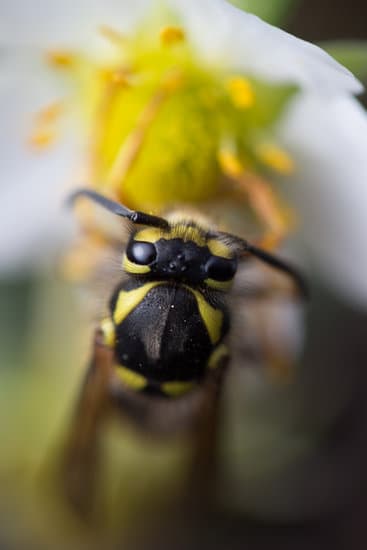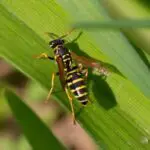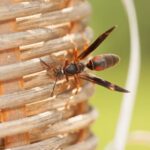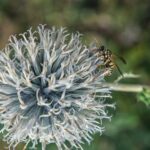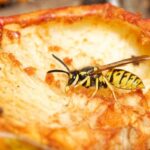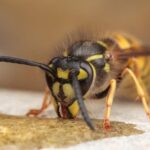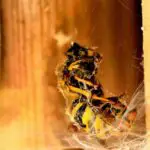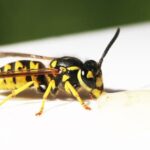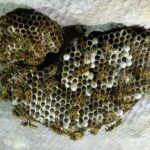How Do Wasps Reproduce?
Approximately 30,000 different species of wasps are known to live in the world. Their anatomy and reproductive cycles vary greatly, depending on which subgroup of wasps they belong to. There are solitary wasps, free-loaders, parasitic wasps, social wasps, and cicada killers.
Solitary wasps have no colonies and are non-stinging. They commonly lay eggs near paralyzed insects. In summer, they feed on nectar and sugary substances. They also gather wood for nest construction. They often cross paths with humans, and will sometimes raid pub gardens for food.
Social wasps mate once a year. The fertilized females then lay eggs that hatch into larvae. The larvae feed on insect prey, such as paralyzed spiders. The adult worker wasps provide food to the larvae and provide shelter. The adult workers also collect nectar from flowers in the spring.
During the larval stage, wasps regurgitate insect exoskeletons to feed themselves. The larvae develop wings and legs, and become white in color. They pupate after a couple of weeks. The pupae encase themselves in a silk cocoon. They then slowly morph into an adult wasp. This process usually takes eight to 22 days, depending on the species.
Workers feed the larvae sugary food and nectar. The nest size increases as more individuals join the colony. A colony of wasps can be as large as thousands of wasps. The nest temperature is maintained with the help of fanning wings. When the nest is empty, the adult worker wasps search for other food sources.
